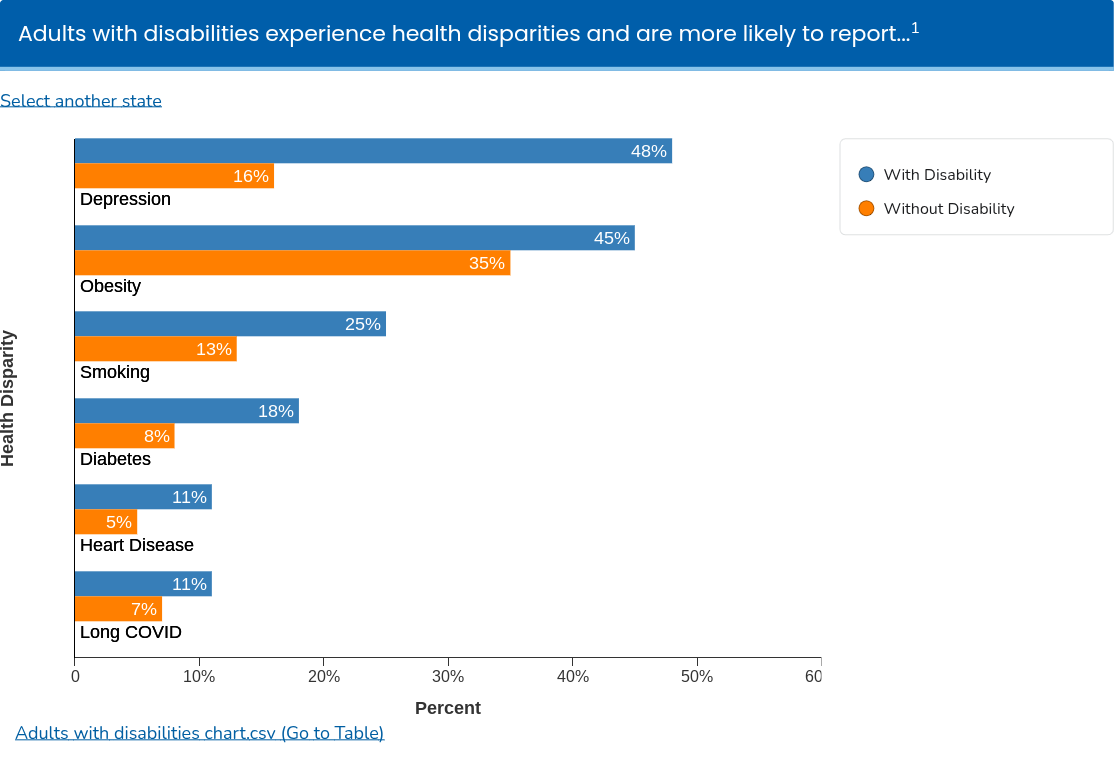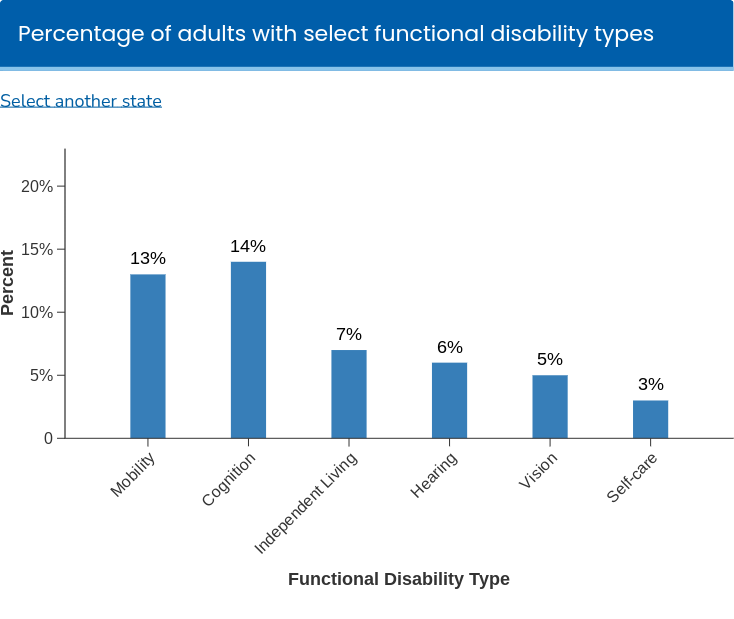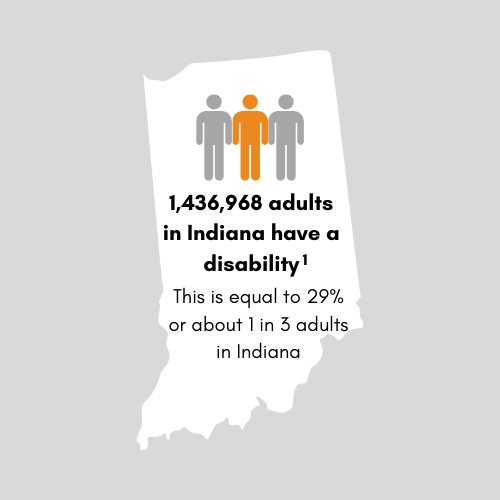Understanding The Growing Need for Care
As of 2025, Indiana's senior population is estimated to be approximately 1.14 million, accounting for about 17% of the states total population. As the days progress and the population grows, it is projected that by 2030 Seniors will compromise 20.1% of Indiana's population at around 1.4 million Seniors.
100,000+ Seniors in Our Community Need Care- There is a growing number of older adults that rely on support for daily living- our mission is to help them live safely and independently at home
92% of Seniors express a desire to live in their own home as they age
70% of Seniors 65+ will require long term care at some stage
56% of Seniors 65+ have 2 or more chronic conditions
23.1% of Seniors 65+ have 3 or more chronic conditions
20.5 % of Seniors 75+ had one or more hospital stays in the last year
1 in 5 Seniors will need a form of home care assistance with daily activities in their lives
Behind Every Statistic Is A Story!

Adults with disabilities represent a significant portion of the population, facing unique challenges in daily life, including physical, mental, and sensory impairments. The world is becoming increasingly aware of the need to create inclusive communities and improve accessibility, allowing individuals with disabilities to live independent, fulfilling lives.
1.4 million adults aged 18 and older are living with disabilities in Indiana. This covers 29% of the population or 1 in 3 adults.
Most Common Types of Disabilities among adults in Indiana:
- Mobility- Difficulty walking or climbing stairs
- Cognition- Difficulty concentrating, remembering or making decisions
- Independent Living- Difficulty with transportation and doing errands alone
- Hearing- Difficulty hearing and/or Deaf
- Vision- Difficulty seeing (even with glasses) and/or Blind
- Self Care- Difficulty dressing or bathing

The Growing Demand
Why this matters?
Why More Families Are Choosing Care at Home
- 90% of adults over 65 say they want to age in place — in their own home, not a facility. (AARP)
- 80% of long-term care is provided at home by professional caregivers and family. (National Institute on Aging)
- The home care industry is projected to grow by 22% through 2030 — one of the fastest-growing healthcare sectors. (U.S. Bureau of Labor Statistics)
- Seniors who receive in-home care are 50% less likely to need hospital readmission. (National Institutes of Health)
- 1 in 5 adults in the U.S. provides unpaid caregiving support — highlighting the increasing need for professional backup. (CDC)
- The average cost of home care is
30–50% less than assisted living or nursing facilities. (Genworth Cost of Care Survey)






